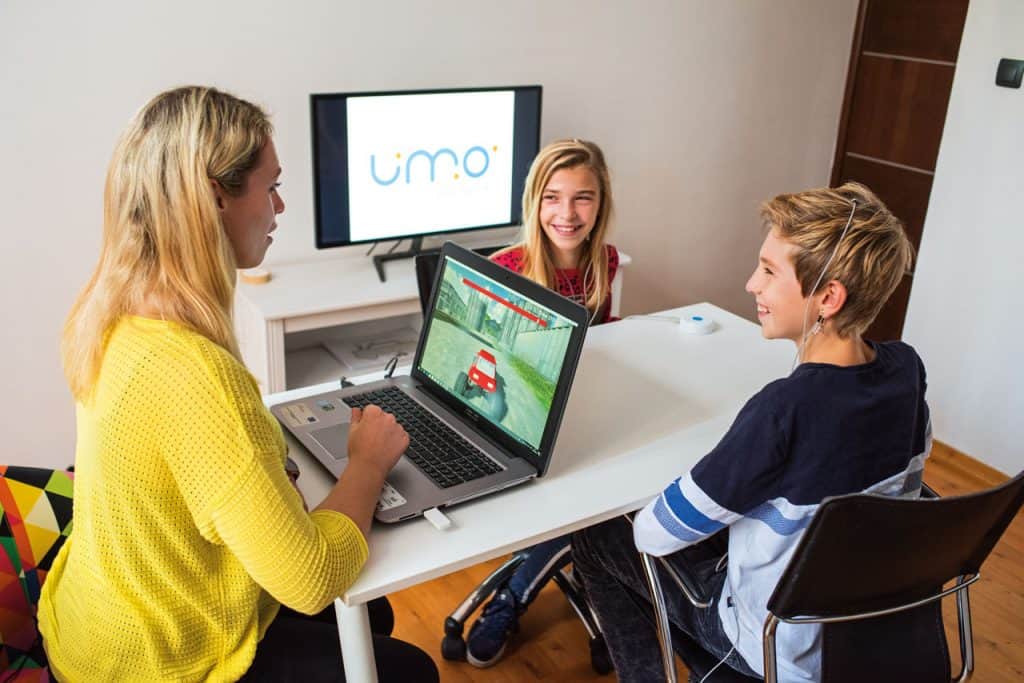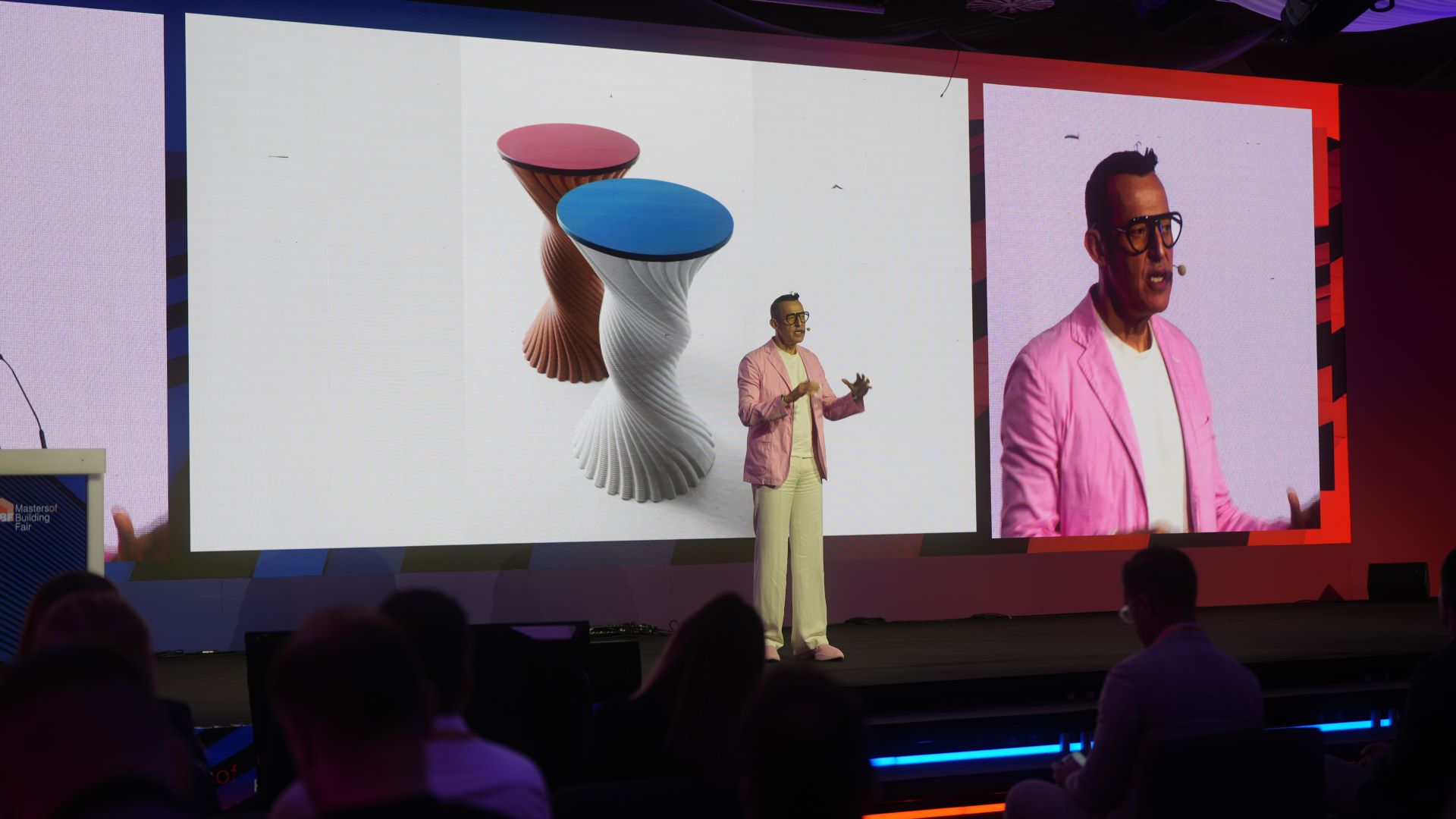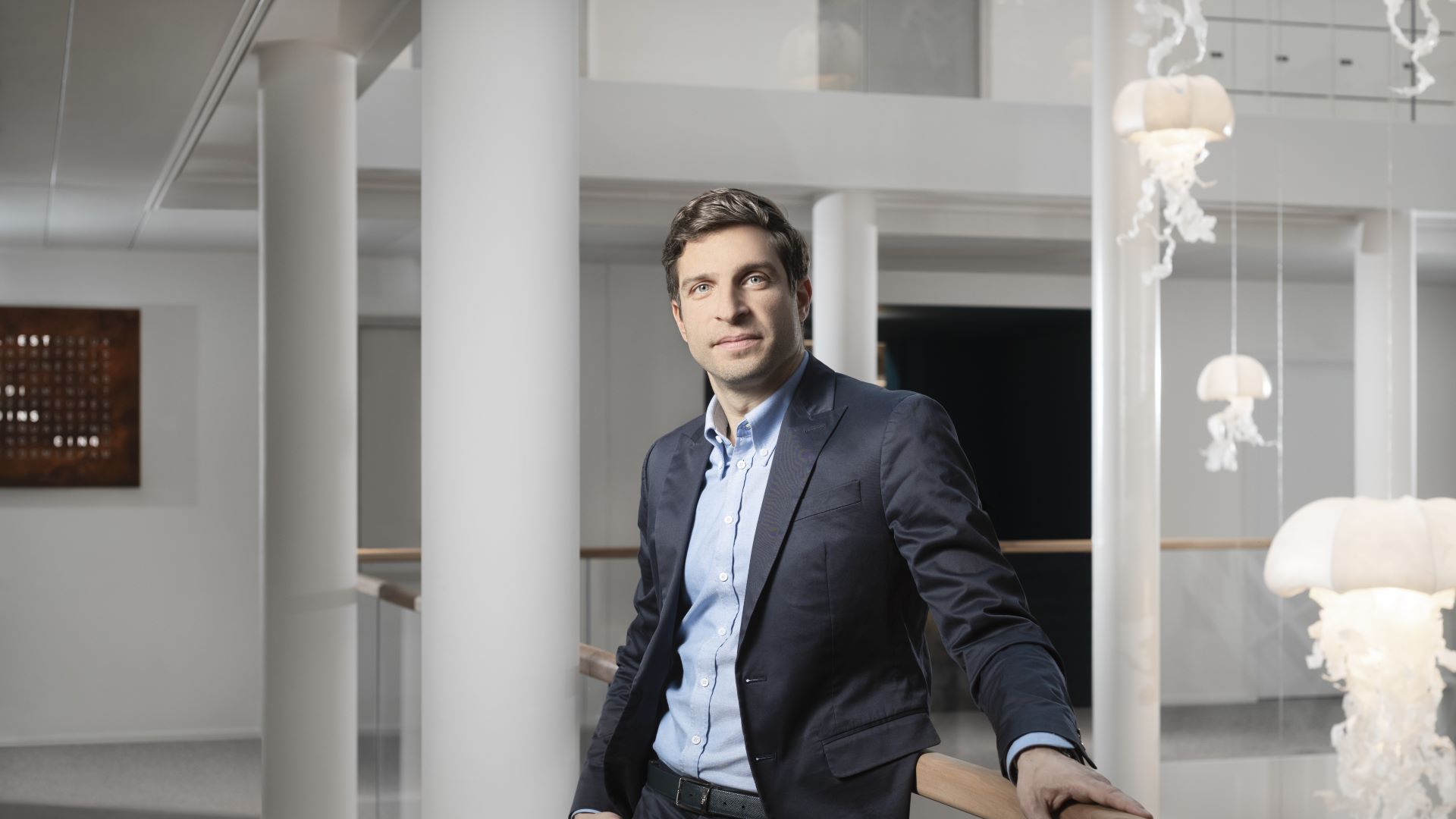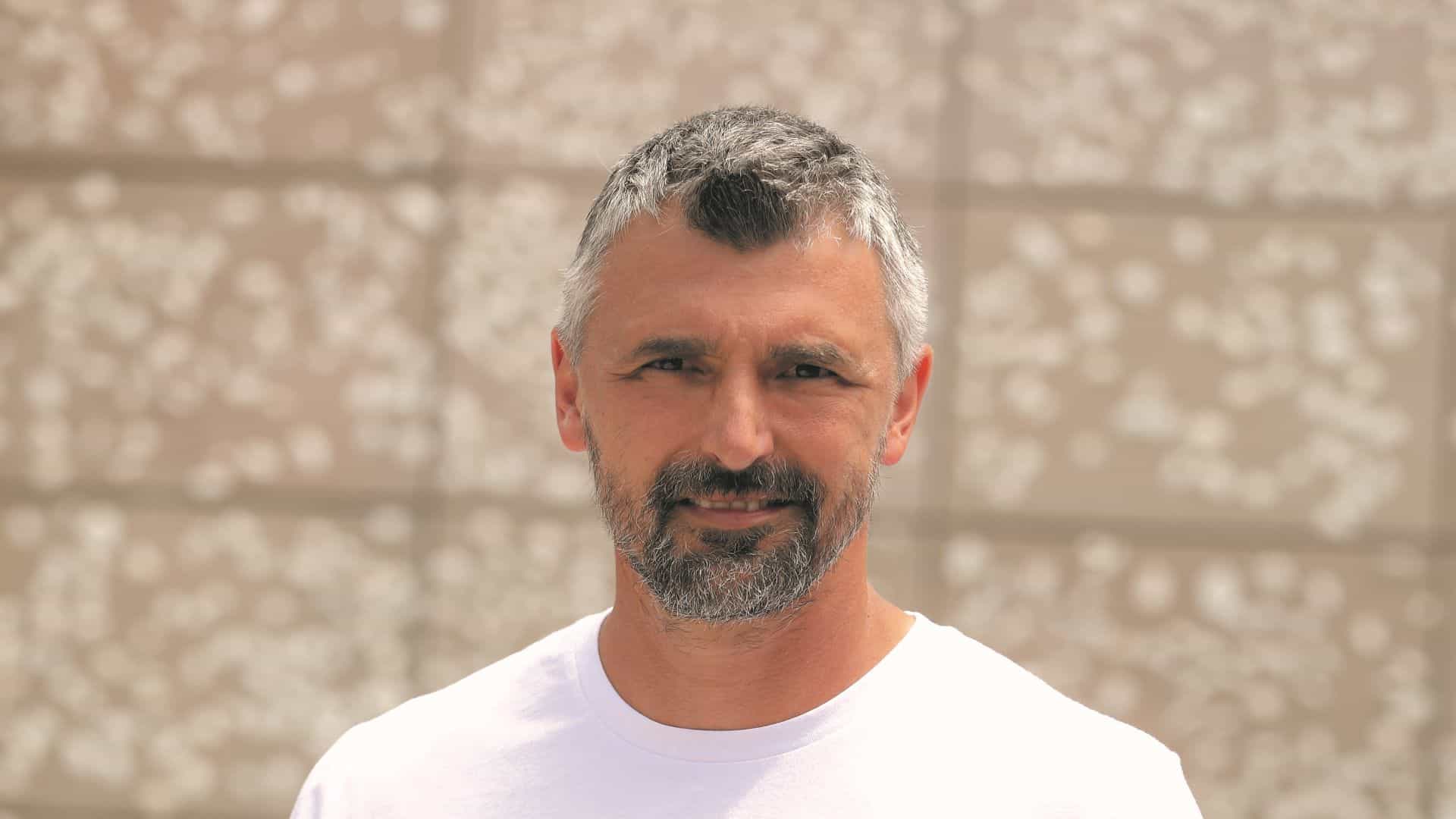An electrical engineer who wants to popularise an accepted and efficient mental fitness method that helps children through Umo playground
Marin Maletić, the founder of Umo neuroscience startup, is an entrepreneur who helps children to overcome various behavioural problems, and improve the quality of their lives and the lives of their families. Even though this is the most important aspect of neurofeedback, the area of application of this technologically-assisted meditation is much broader and can include anyone willing to work towards enhancing their mind. Maletić explains how his degree from the Faculty of Electrical Engineering, Mechanical Engineering and Naval Architecture, and working with electric motors led him to neurofeedback, an accepted and efficient method of mental well-being.
What do electrical engineering and psychology have in common?
Although at first glance the two seem completely unrelated, my original profession and what I am doing today are actually closely related. If I look at all the technological elements of the Umo project, I have to say that almost everything we do was covered by my tests at FESB, at least the theoretical part. As far as the non-technological part of the project is concerned, once again things are related to electric fields and networks, so I was familiar with it. The only thing that all my jobs have in common is the fact that I used them to solve my own problems. I hated waiting in line, so I came up with an SMS queue management system; I was annoyed by the fact that there were no eBooks available in Croatian, so I started the TookBook.com eLibrary, and it was similar with neurofeedback.
One of my three children has ADHD, a condition that in itself does not have to be a problem, but it can often go unnoticed and create issues that are sometimes very unpleasant. The solution to our problem lay in neurofeedback, which was a great mystery for me at first – how is it possible that something like this is virtually unknown to the public, both the general public and experts? This wonder gradually turned into Umo, a company with a task of broadening the existing framework of the use of neurofeedback.

What exactly is neurofeedback?
Neurofeedback is a method known since the 1960s, and is based on the centuries-old biofeedback principle. According to this principle, people can, to an extent, regulate certain physiological processes in their body once they have become aware of these processes. With biofeedback, for example, divers can learn how to lower their pulse to levels unimaginable to the ordinary man. The biofeedback principle also applies to the neurophysiological processes – modern technology enables these processes to be monitored, and with the help of neurofeedback method they can also be regulated.
Neurofeedback uses EEG to measure electrical activity in the brain that is analysed in real time to extract the amplitude of specific brain waves. These waves are shown to the user in the form of a particular video game element, for example, the speed of a racing car. Simply put, trying to drive the car faster will improve the quality of the user’s brain waves, and thus the functioning of their mind.
What are the application possibilities of neurofeedback?
One of the specific effects of neurofeedback is enhancing focus, and as focus is the basis of every human activity, we can say that neurofeedback improves the general state of mind. Neurofeedback is similar to a healthy diet and exercise because there is no one whose quality of life wouldn’t benefit from these. The only question is how can we make neurofeedback easily available to a particular group of people.
Can you give an example?
A significant number of people have learned to focus in the wrong way, using mental tension, i.e. powerful rapid brain activity (so-called high beta waves), which normally occur in a state of stress or physical pain. However, by using neurofeedback, it is possible to learn to achieve a state of so-called relaxed focus, meaning that rapid mental activity is at a minimum and the medium (so-called alpha waves) activity is very pronounced.
Some might call it zen, some the zone, and others may call it flow, but the brain wave pattern is what makes these states what they are. After a day at work dominated by relaxed focus, people have enough energy to do whatever they like. We feel that this neurofeedback solution has great potential in the field of individual professional development and we have been working hard on developing it.

What is your personal experience with neurofeedback?
I found out about neurofeedback exactly three years ago. Since then, my team and I have developed our own EEG device and a neurofeedback training system, developed neurofeedback centre from scratch, which has now become a crucial component of childcare; we have started cooperation with medical institutions, launched a series of new uses of neurofeedback in a professional environment, etc. Without fake modesty, this is an incredible amount of work done by a small company. I am deeply convinced that much of this success is due to neurofeedback.
In fact, while I was getting acquainted with neurofeedback, because I tried it myself first, it turned out that I had a case of missed ADHD, which is more common than we know. Neurofeedback has helped me to realise how my mind worked and taught me how some of the elements that used to work against me could be turned to my advantage.
Which role does Umo playground have in this story?
Although it is a playground, because you play video games using your mind, it is also a very serious institution in which a team of psychologists and educational rehabilitators carry out neurofeedback on children who can benefit from it. The name contains the word playground because we believe that kids are better off playing with teacher Josipa than visiting a psychologist to solve a problem they do not even perceive as being a problem. Teacher Josipa is, by the way, Josipa Bosak, a person with a Master’s degree in Psychology, with many years of experience in working with children and the only person in the region with an internationally recognised BCIA neurofeedback certificate. Apart from her, we also have our teachers Sara, Sandra, Kristina and Marcela, all experts with impressive CVs.
The children we work with range from children with ADHD and children with learning disabilities, to children on the autism spectrum. Although neurofeedback does not address the main problem, it improves their general state and makes their day-to-day functioning easier. Recently, we have started working with children who don’t have any issues, but their parents want to make it easier for them to perform their school-related and extra-curricular obligations that are now more demanding than ever. Due to increased interest, we have recently launched a program specially designed for high school seniors.
Do you plan to do business abroad?
We would definitely like to do it, and I think that there is room for us in the global market as well. After all, the problems we solve are universal and there is no reason to distinguish between local and global markets. Still, everyone expects first to make it on home turf, so until the end of the year we will stay focused exclusively on the projects we have started here. In regards to the global market, we have high hopes when it comes to the corporate wellness sector, a fast-growing market in which neurofeedback has not yet been incorporated in the right way. We believe that the improvements Umo has brought in the implementation of neurofeedback will be our ticket to get into the market.
You also have a ‘close’ relationship with the sea?
Yes, you could say that. I am a big fan of surfing, and I love everything else related to the sea as well. When I was younger, I used to spend up to 100 days a year surfing. Today my time at sea is limited to occasional trips with the family, but as my kids grow, I feel that my time might be coming back.
Photos Darko Šupuk & Umo neuroscience













